I'm currently developing business logic in a Controller's ActionResult function, and I've noticed it's becoming unwieldy... large... involves a lot of page ups/downs.
Code includes populating lists for dropdownlists assigned to ViewBag properties, but most of the size is taken up EF (linq to entities) and in memory processing of this. And finally sent to a view model via Auto Mapper.
Where is the best place to move this code? In another class in the Controllers folder? Or in another class in another folder, i.e. a Business layer?
